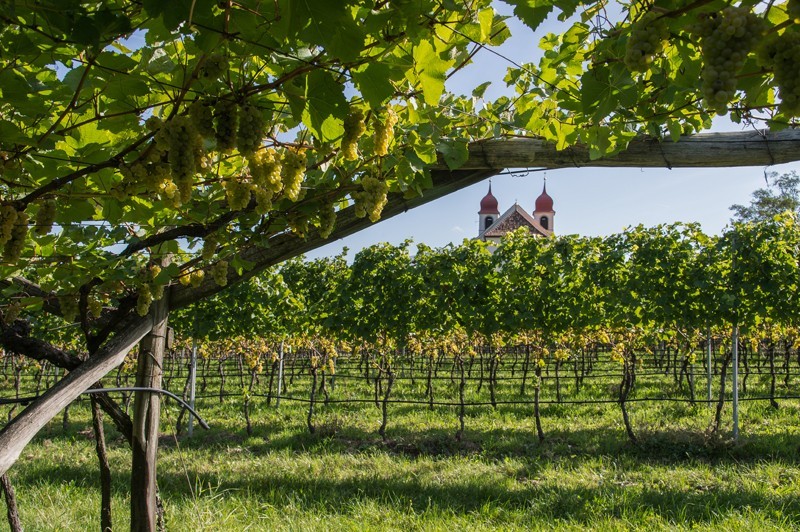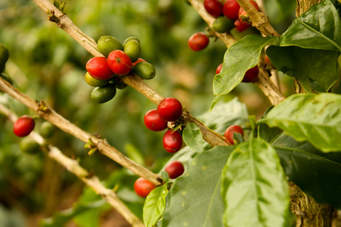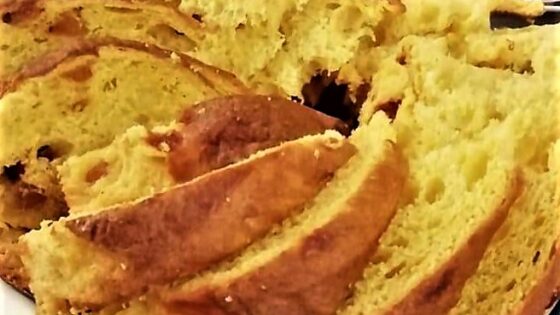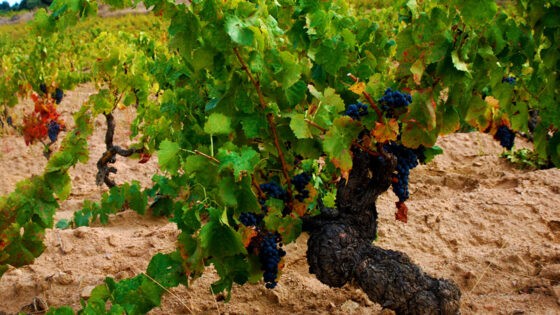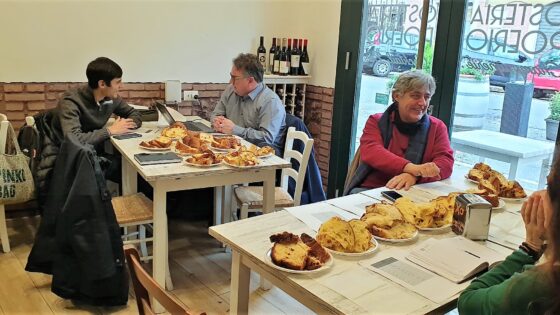
Source: https://cmsauvignon.com/en/italy-sauvignons-rise-to-prominence/
Journalist Maurizio Valeriani briefly charts Sauvignon’s introduction to Italy in the 19thcentury to its present-day status and explains how Italian Sauvignon successfully appeals to a broad-ranging audience.
A pivotal role in Italy’s wine revival
Sauvignon Blanc arrived in Italy from France in the mid-1800s. Introduced into Piedmont – although some claim it came to Ferrara for weddings of members of the Estensi family – it subsequently spread throughout Italy. Sauvignon played a decisive part in the revival of Italian wine in the mid-1980s. At that time, after the methanol scandal, wineries were striving to rebuild the image of Italian wine.
![]()
Sauvignon played a decisive part in the revival of Italian wine in the mid-1980s
![]()
Courses for sommeliers and various initiatives aimed at creating a new fondness for the world of Italian wine were launched. Native vines were not suited to this purpose and, more importantly, they were at the heart of the scandal. So international grape varieties were selected and Sauvignon Blanc proved to be one of the perfect grape varieties to achieve these new goals.
North-East Italy a Sauvignon ‘hot spot’
Its intense, recognizable aromas were genuine crowd-pleasers, capable even of drawing in non-drinkers or novices looking to engage with the world of wine. Sauvignon could even be recognized in blind tastings and soon attracted a following, spurring prominent producers in Piedmont and Tuscany to make some serious Sauvignon. The first examples showed very vegetal tones, possibly stemming from very early harvesting, but then gradually evolved to become more elegant due to greater phenolic ripeness. Sauvignon Blanc is now grown across the entire country but the North East is home to approximately 60% of vineyard acreage. Of the 3,750 hectares grown nationwide, almost 1,200 are located in Friuli Venezia Giulia, around 600 ha in Veneto and just under 450 ha in Trentino-Alto Adige. In Piedmont (Langhe), Lombardy and Emilia (Colli Bolognesi) Sauvignon can be found in blends with Chardonnay and occasionally Riesling.
![]()
Sauvignon adapts to every type of soil in Italy
![]()
In Friuli Venezia Giulia, Sauvignon is blended with other grape varieties but also used as a stand-alone grape. Collio, Colli Orientali del Friuli and Isonzo produce some of the finest Sauvignon expressions in Italy. Alto Adige is home to Italy’s most elegant Sauvignon, particularly near Caldaro lake, in Terlano and near Bolzano. Sauvignon adapts to every type of soil in Italy, from the marl and sandstone of Collio in Friuli to the quartz porphyry of Terlano (Alto Adige) and the volcanic soil in some parts of Veneto. Winemaking styles can vary significantly. Despite the widespread use of stainless steel, Sauvignon is also made using wood, both at fermentation stage and for maturation. It is also possible to find wines made with cryo-maceration or skin contact soaking. Techniques involving ageing on fine lees are also very widespread.

Alto Adige is home to Italy’s most elegant Sauvignon
Something for everyone
The result of these myriad combinations is a broad range of Sauvignon profiles, some showing clear herbal aromas, others sapid with mineral scents whilst fruity and floral notes are the defining features of others. Sauvignon’s aromatic and stylistic spectrum allows individual consumers to find their favorite profile based on personal preferences.
A number of producers have been instrumental in establishing the history of Sauvignon in Italy through their techniques and their wines. In Friuli Venezia Giulia, these include:
- Venica & Venica with its famous Ronco delle Mele Sauvignon, in the CollioArea, and vineyards on rocky soils referred to as “Ponca”;
- Schiopetto, in the Collio area with vineyards in Capriva, a genuine “cru”;
- Kante, in the Carso area where the soils are stony with red clay deposits. This particular Sauvignon is fermented and aged in barrique.
In Alto Adige, the following producers deserve a special mention for their contribution to Sauvignon’s success in Italy:
- Terlan with its famous Quarz Sauvignon and vineyards on quartz porphyry soils;
- Girlan with its lauded Indra Sauvignonand vineyards on moraine glacier soil;
- Michael – Eppan, with its celebrated Sanct Velentin Sauvignon where the vineyards grow on moraine glacier soil.

Giornalista enogastronomico, una laurea cum laude in Economia e Commercio all'Università La Sapienza di Roma, giudice in diversi concorsi internazionali, docente F.I.S.A.R.. Ha una storia che comprende collaborazioni con Guide di settore. Per citare solo le ultime : Slow Wine (Responsabile per la Sardegna edizioni 2015 e 2016), I Vini de L'Espresso (vice-curatore e coordinatore nazionale edizioni 2017 e 2018), I Ristoranti d'Italia de L'Espresso (edizioni dalla 2010 alla 2018). Collabora con le testate: www.lucianopignataro.it , www.repubblica.it/sapori. Ha scritto alcuni articoli sul quotidiano "Il Mattino" e su www.slowine.it. Ha una passione sfrenata per quel piccolo continente che prende il nome di "Sardegna", per le sue terre e per la sua gente.
Aggiornamenti continui sul mondo dell'enogastronomia


